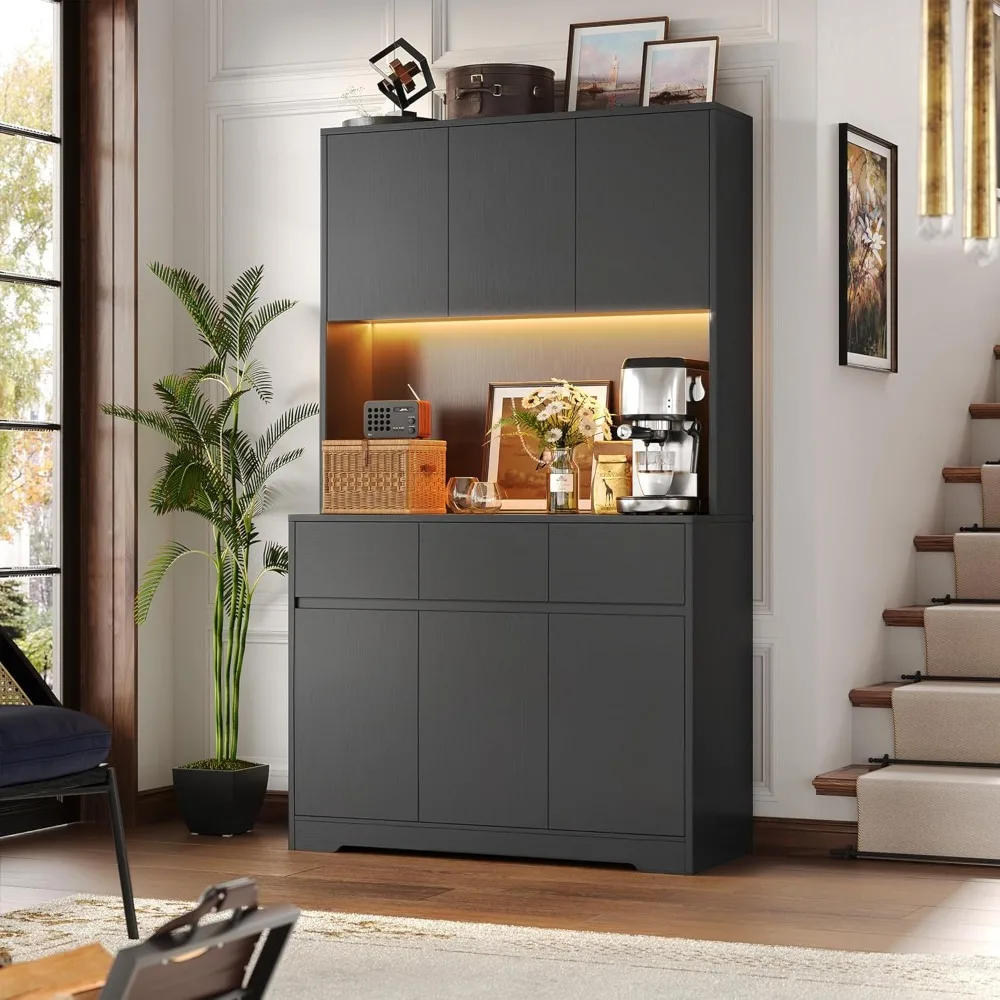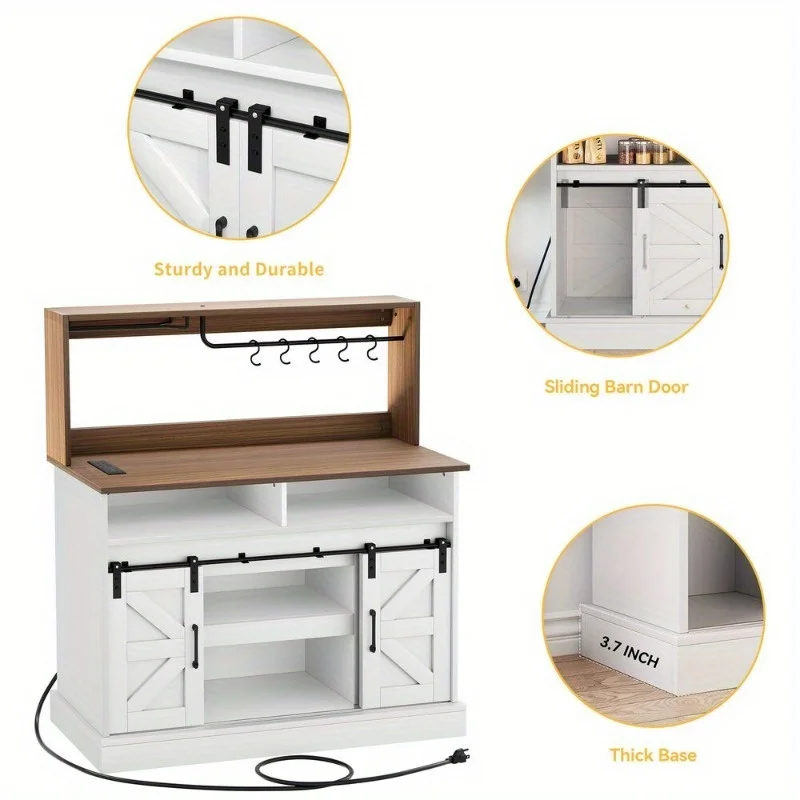Understanding Replacement VS Refacing
When considering a kitchen cabinets, it’s crucial to understand the difference between cabinet replacement and refacing. Replacement involves removing old cabinets and installing new ones. This method transforms the kitchen but it’s generally more expensive. Refacing, on the other hand, means updating the look of your existing cabinets. New doors and veneers are added without changing cabinet structures. This is usually more affordable.
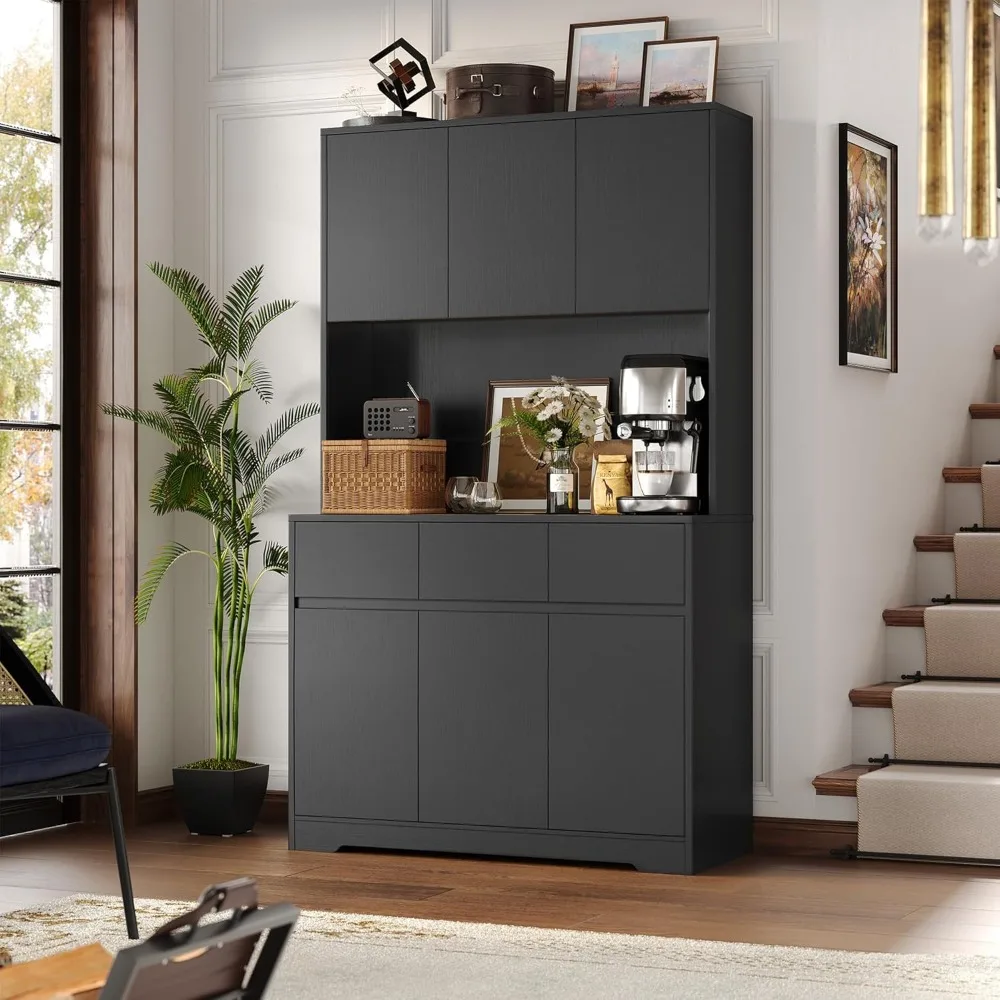
Replacement: A Full Makeover
Opting for full cabinet replacement in Singapore usually means more costs. It’s ideal if cabinets are damaged or you desire a completely new layout. This process needs more time and budget but gives total design freedom.
Refacing: Cost-Effective and Quicker
Refacing is where we update cabinet exteriors. It involves less labor and material and often takes less time. This option is pocket-friendly and great if your cabinet frames are still sturdy. It’s an effective way to make your kitchen feel new without a hefty price tag.
In summary, deciding between replacement and refacing boils down to your budget, time, and the condition of your current kitchen cabinets. Your choice can significantly alter the cost and duration of your kitchen renovation in Singapore.
Kitchen Cabinet Size and Cost Implications
The size of your kitchen directly impacts the cost of replacing cabinets. Larger kitchens need more cabinets, raising the price. Small kitchens require fewer materials and labor, making them less expensive.
Small to Medium-Sized Kitchens
For small to medium-sized kitchens in Singapore, expect to pay from SGD 5,000 to SGD 10,000. The exact cost to replace kitchen cabinets also depends on the chosen design and materials.
Large Kitchens
For large kitchens, costs usually start from SGD 10,000 and can go higher. More space requires more cabinets, leading to a greater expenditure in both material and installation.
By understanding how kitchen size influences cabinet replacement costs, you can better budget for your renovation. Always measure your kitchen size before consulting with professionals for a more accurate quote.
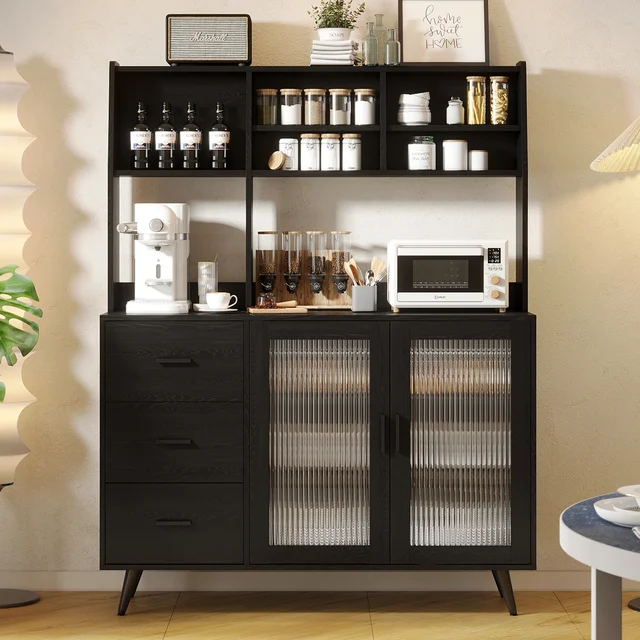
Material Choices and Their Impact on Pricing
When planning to replace kitchen cabinets in Singapore, the material you select is a critical factor that can significantly affect the final cost. Different materials not only offer various levels of durability and aesthetics but also come with their own pricing. Here are some common materials and how they impact the overall budget:
Solid Wood
Solid wood is popular for its durability and classic look. It’s more expensive than alternatives, with costs varying depending on the wood type. Oak and cherry are typically at the high end of the price spectrum.
Laminated Cabinets
Laminated cabinets provide a budget-friendly option. They’re less costly and offer many styles. Maintenance is easy, and they fit well in both modern and traditional kitchens.
Medium-Density Fiberboard (MDF)
MDF is a cheaper, engineered wood product. It’s customizable and takes paint well. MDF is a cost-effective choice for tight budgets.
Plywood
Plywood cabinets are stronger than MDF and resist moisture better. They are moderately priced, making them a good middle-ground option.
Metal
Metal cabinets, while less common, offer a modern look and are typically more expensive. They are durable and resistant to pests.
Glass Doors
Adding glass doors increases costs. They add style and display space but need more careful handling.
Veneer
Veneers are thin wood sheets glued to less expensive materials. They offer a wood look at a lower cost but may not last as long as solid wood.
Each material choice carries its own cost implications. Consider the balance between longevity, style, and budget when choosing the material for your kitchen cabinets to ensure you make an informed decision and manage your renovation costs effectively.
Design Complexity and Customization Costs
When you choose to replace kitchen cabinets, the design’s complexity can push up costs. Custom designs that fit your unique space and style come with higher price tags. Let’s break down how design intricacies can influence your budget:
Tailor-Made Solutions
Custom-made cabinets offer a perfect fit but require more work. They need unique plans, precise measurements, and additional craftsmanship. For tailor-made solutions, you may have to pay a premium.
Complex Designs
Intricate designs with fine details and complex structures need more time to create. Expect to pay more for these elaborate styles.
Custom Finishes and Colors
Choosing unique finishes and hues may require special orders or materials. This also increases the overall expense of your cabinets.
By considering the level of design detail, you’ll have a clearer picture of the costs to expect. Keep design complexity in mind when planning your kitchen cabinet replacement, so you stay within your budget.
Extra Features that Influence the Final Cost
When you’re budgeting for new kitchen cabinets in Singapore, it’s important to factor in the cost of additional features. These elements can enhance functionality and style but also increase the overall price. Let’s dive into some common add-ons and how they influence the final cost:
Soft-Close Hinges
Adding soft-close hinges prevents doors from slamming shut. It’s a small upgrade that adds to the cost but offers a touch of luxury and reduces wear-and-tear.
Pull-Out Shelves
Shelves that slide out provide easy access to items. They’re practical and popular but come with a higher price tag.
Custom Handles and Knobs
Distinctive handles and knobs can complement your design. However, opting for custom or high-end hardware will add to the cabinet cost.
Special Inserts and Organizers
Features like built-in spice racks or utensil organizers add functionality. They require additional customization, thus raising the price.
Under-Cabinet Lighting
Installing lighting under cabinets enhances visibility and ambiance. This electrical work is an extra expense but elevates the kitchen’s feel.
Glass Panel Inserts
For a more refined look, consider glass panel inserts for some cabinet doors. They showcase contents and add to the visual appeal, but will also increase the final cost.
By understanding how these extra features affect your budget, you can make informed decisions about which ones are worth the investment for your kitchen in Singapore.
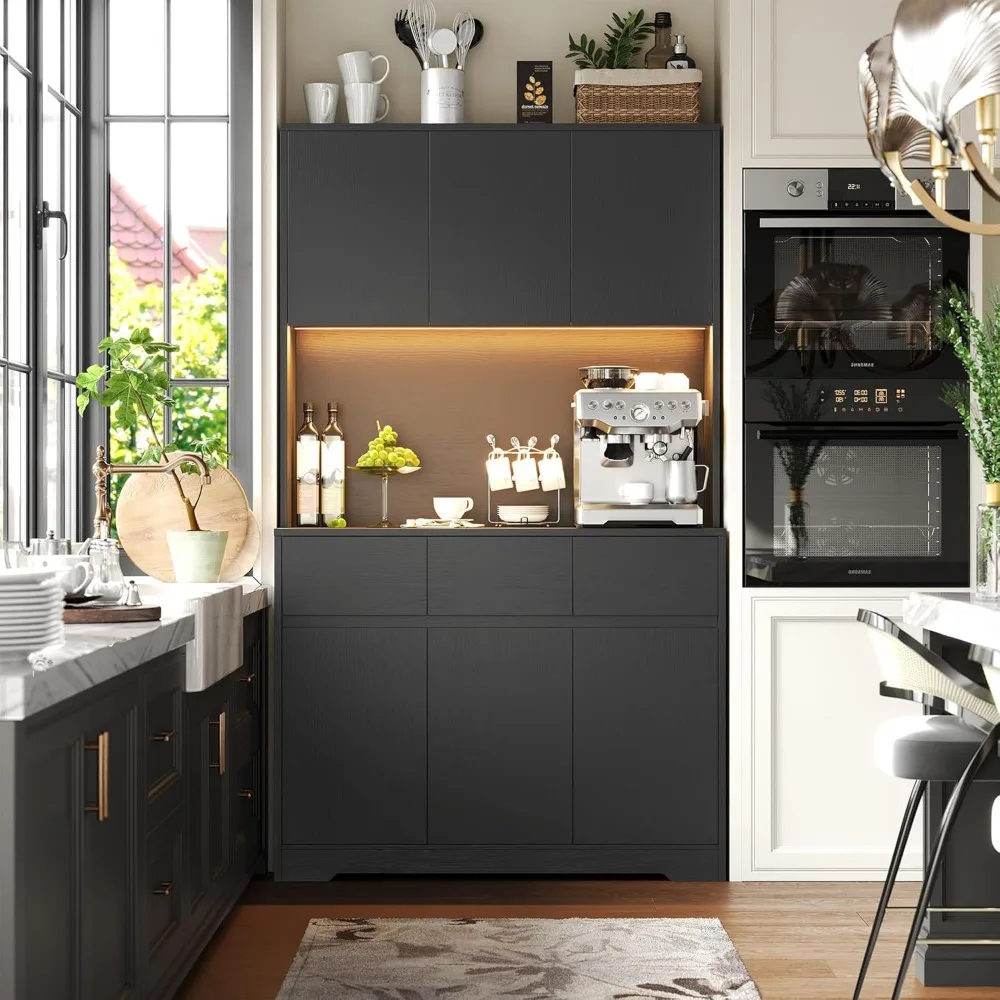
Cost Saving Alternatives: Refacing Over Replacement
Refacing your kitchen cabinets instead of replacing them is a savvy move for saving money. Doing so keeps cabinet boxes intact while updating the look. This method is less pricey and quicker than full replacement. Here’s why you might consider refacing over replacement:
Keeping the Current Layout
If your kitchen layout works for you, refacing is sensible. You avoid altering the structure, which can be pricey.
Less Material, Lower Expense
Refacing uses less material than new cabinets. Less material means fewer costs for you.
Swift Update, Minimal Disruption
Refacing is faster than full replacement. This means a swift kitchen update with less disruption to your daily life.
A Fresh Look Without the Big Spending
Refresh your kitchen’s style without the extensive costs of entire cabinet replacements. You can change finishes and doors at a lower price point.
Reduce Waste, Environmentally Friendly
Refacing is greener. You reduce waste by not tossing out the entire cabinets, hence, making an eco-friendly choice.
In summary, refacing your cabinets can deliver a fresh look and functional upgrades while keeping costs down. It’s a budget-friendly alternative to a full cabinet replacement and can be less wasteful, aligning with eco-friendly values.
Estimation of Timeframe for Cabinet Replacement
When undertaking a kitchen cabinet replacement project in Singapore, estimating the timeframe is essential for planning. The duration can vary significantly based on multiple factors. Here’s what you should expect:
Size and Complexity of Installation
- Small to Medium Installations: These typically take around 1 to 2 weeks to complete, assuming standard cabinet designs and no complex customization.
- Large or Custom Installations: For grand kitchens or when dealing with tailor-made designs and elaborate features, expect the project to span over 3 to 4 weeks.
Preparation and Demolition
- Preparation: A few days are often necessary to prepare for the installation, which includes measurements and clearing out the old cabinets.
- Demolition: Removing existing structures can take a couple of days, depending on the kitchen size and cabinet integration.
Building and Customization
- Stock Cabinets: If you choose stock cabinets, the process is quicker, as these are pre-manufactured.
- Custom Cabinets: Customized solutions require additional manufacturing time, pushing the timeline further.
Installation
- Basic Installation: Installing pre-assembled cabinets can be done relatively quickly—typically within a few days.
- Complex Installation: If your design includes special features, additional time will be required for precise fitting and finish.
Additional Factors
- Contractor Availability: The schedule of your chosen professionals can affect the start and completion of the project.
- Material Delivery: Delays in material shipment can extend the installation time.
- Unforeseen Challenges: Always allot extra time for unexpected issues that may arise during the replacement process.
In summary, while a straightforward cabinet replacement might be wrapped up within a couple of weeks, more complex endeavors or custom work could extend this period. It’s advisable to discuss the estimated timeframe with your contractor for a detailed schedule tailored to your specific project. This way, you can manage your expectations and plan for any potential disruptions to your daily routine.
FAQs: Addressing Common Concerns
When considering kitchen cabinet replacement in Singapore, several common questions arise. Here, we address these queries to help you plan your renovation with confidence.
How much does it cost to replace kitchen cabinets?
Costs vary based on size, materials, and design choices. On average, you might spend SGD 5,000 to SGD 15,000. For high-end options, prices could reach SGD 25,000 or more.
Is refacing cabinets cheaper than replacing them?
Yes, refacing typically costs less as it involves updating existing cabinets rather than full replacement.
What impacts the cost of kitchen cabinet replacement?
The size of your kitchen, material quality, design complexity, and additional features all affect the final cost.
Can the kitchen remain functional during cabinet replacement?
Some disruption is expected, but you may still use parts of the kitchen depending on the project scope.
How long does cabinet replacement take?
The timeframe varies. Small to medium projects may take 1 to 2 weeks, while larger or custom projects could take 3 to 4 weeks.
Will I need to vacate my home during the replacement?
Not usually necessary unless the renovation scope is very extensive, which is rare for cabinet replacements.
Are there ways to reduce the cost of cabinet replacement?
Opt for refacing, choose budget-friendly materials, simplify the design, and consider stock cabinets.
By understanding these frequently asked questions, you can approach your kitchen cabinet replacement project in Singapore with a clearer budget and timeline in mind. Remember to consult with professionals for accurate quotes and efficient planning.
